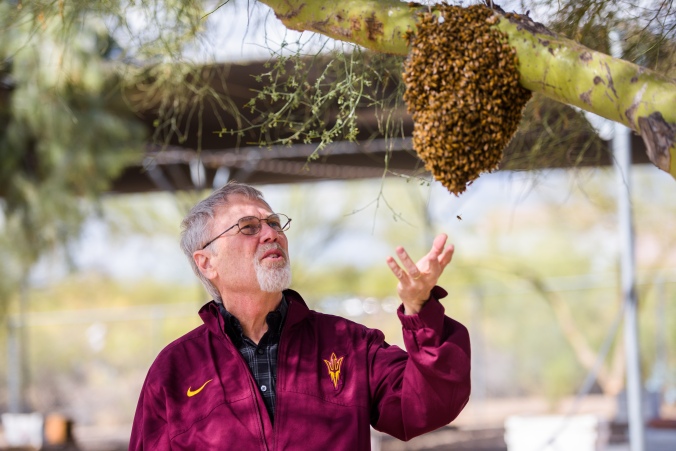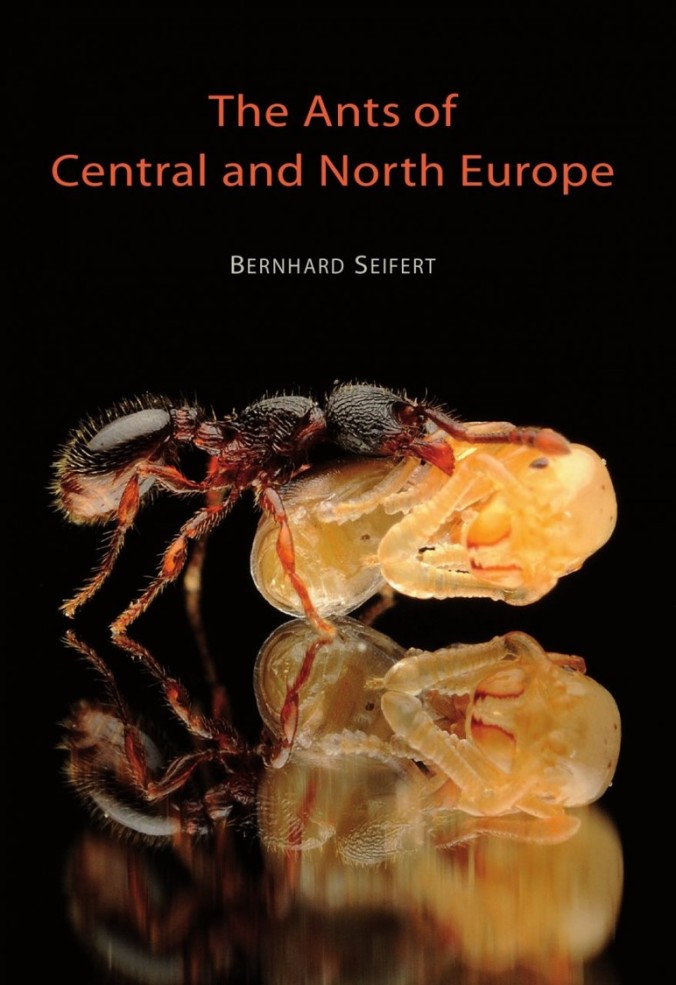A blog post highlighting the article by Yong, and Peeters in Insectes Sociaux.
By Christian Peeters
Many ant genera obtain honeydew from a variety of scale insects feeding on the sap of tropical trees. However, the most advanced and speciose scale insects – family Diaspididae – do not excrete honeydew, but build a protective shield made of wax and proteins and are known to associate with only one ant genus in Africa and Madagascar. The minute workers of Melissotarsus chew an extensive network of tunnels under living bark, and these are inhabited by vast numbers of diaspidids. Typically, these do not secrete the trademark shield when defended by ants, unlike free-living forms. Melissotarsus workers have extremely modified legs and cannot walk outside host trees, it is therefore assumed that they obtain all their food from the scale insects.
The Asian genus Rhopalomastix is strikingly similar in morphology to Melissotarsus, especially the bullet-shaped head of workers with the antennal sockets touching each other (in all other Myrmicinae, the antennal sockets are widely separated), and silk glands inside the head of adult females. However, the legs are normal, and a sting is retained. Molecular data confirm these are sister genera, sitting together on a separate branch. Rhopalomastix is widely distributed (India to eastern Australia), yet its biology was undocumented until Gordon Yong located it in Singapore. Four species nested in seven genera of living trees, together with five genera (one new) of diaspidids. Large numbers of naked diaspidids occurred in all ant nests, with only few shields.

Heads of Melissotarsus and Rhopalomastix workers, showing how the antennal sockets meet in the center of the face (SEMs by Roberto Keller). Note that the Melissotarsus mandibles are strikingly abraded, indicating an old individual. The ventral expansion of the head accommodates large opener mandible muscles, a novel adaptation for chewing through healthy wood (Khalife et al. 2018). Image: Roberto A. Keller/AMNH
This mutualism is distinct from others involving ants and scale insects because of striking differences in the biology of diaspidids: (i) they feed on parenchyma cells, not the sap; (ii) adults are strictly sessile. First instars (‘crawlers’) disperse but once they have selected a feeding spot and insert their stylets, the legs and antennae degenerate. Thus, ants cannot regulate the distribution of diaspidids within their tunnels, instead the crawlers decide! Ant eggs are distributed throughout the tunnels and larvae feed autonomously, a character also found in attine ants where larvae feed on the cultivated fungus. We lack direct observations of feeding behaviour because the ants switch to other tasks once we exposed the tunnels. Do they eat the flesh of diaspidids? Or their milk (secretions of wax and proteins normally used to build the shield)? Probably both. Diaspidid exuviae are not found in the tunnels, suggesting that they are also eaten by the ants.

Naked diaspidids (Andaspis numerata) and a few shields (green arrows) inside Rhopalomastix tunnels.
Trees hosting ants and scale insects generally benefit because the cost incurred from the ingestion of sap is compensated by the protection given by ants against leaf herbivores. This is not so in the mutualisms involving diaspidids with Melissotarsus and Rhopalomastix, because these ants are unsuited to be guards. Indeed, after removing bark and exposing tunnels, we observed that both workers and brood were preyed upon by Pheidole and Crematogaster ants. Field studies need to determine what is the impact on host trees, especially in fruit plantations (mangoes, durians, …) that are often preferred. Because only older trees are infested, we assume that these are more tolerant of the diaspidid exactions. Of special note is the host tree Aquilaria that is harvested commercially to produce an extremely valuable resin used for perfumes.


Numerous naked diaspidids in galleries of Rhopalomastix from Thailand. Ant larvae are scattered along the tunnels.
Rhopalomastix is likely to be widespread throughout tropical Asia but it is necessary to scrape tree bark with a knife in order to locate nests. Previous collection events were restricted to pyrethroid spraying of tree trunks, and soil pit traps (hence they are often classified as ‘litter ants’). We have recently found their arboreal nests in Thailand, Borneo and the southerly Japanese island of Okinawa.

Gordon Yong investigating a nest of Rhopalomastix on mango tree (Pulau Tekukor island, off Singapore).
References
Khalife A, Keller R, Billen J, Hita Garcia F, Economo E & Peeters C (2018) Skeletomuscular adaptations of head and legs of Melissotarsus ants for tunnelling through living wood. Frontiers in Zoology 15: 30.


